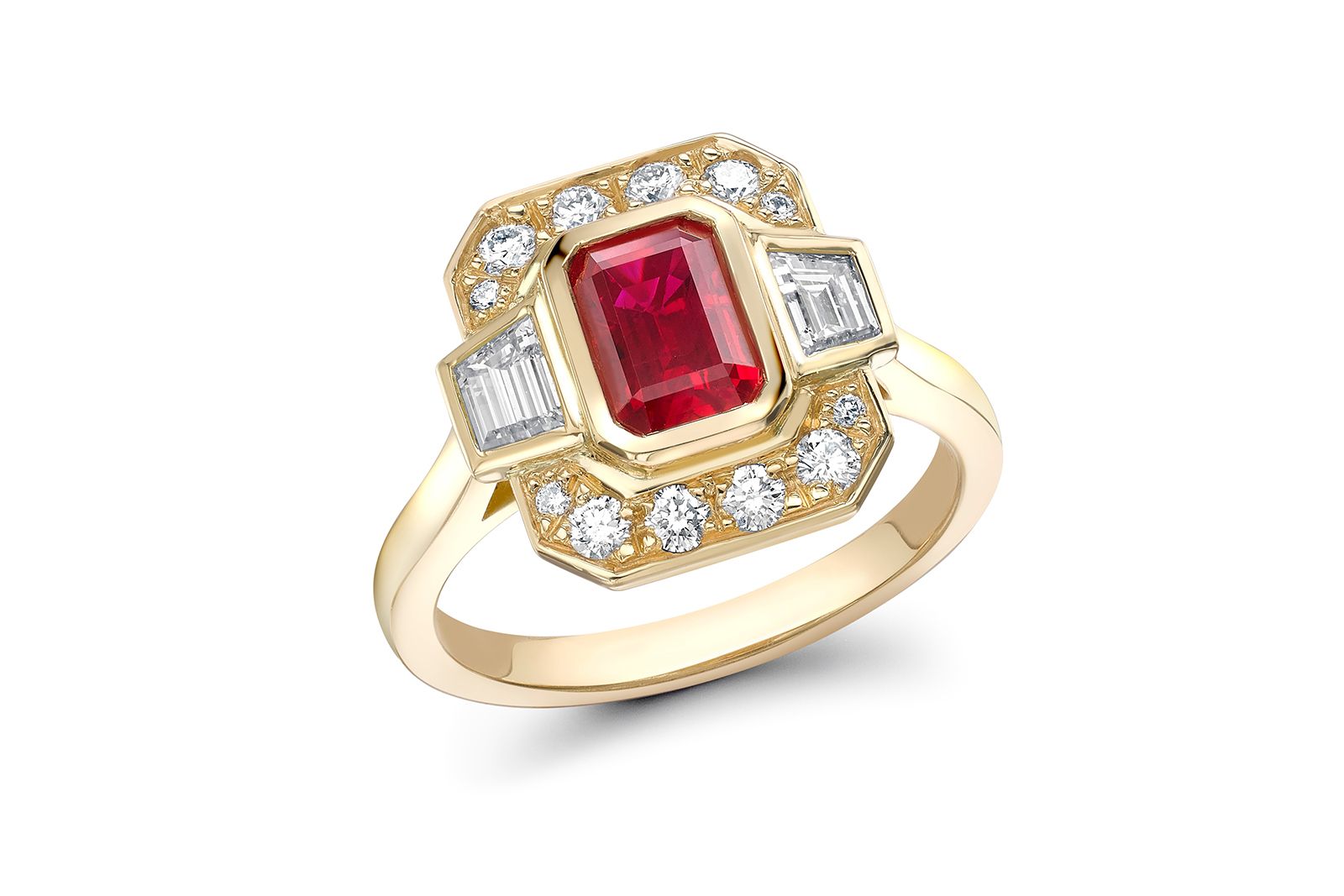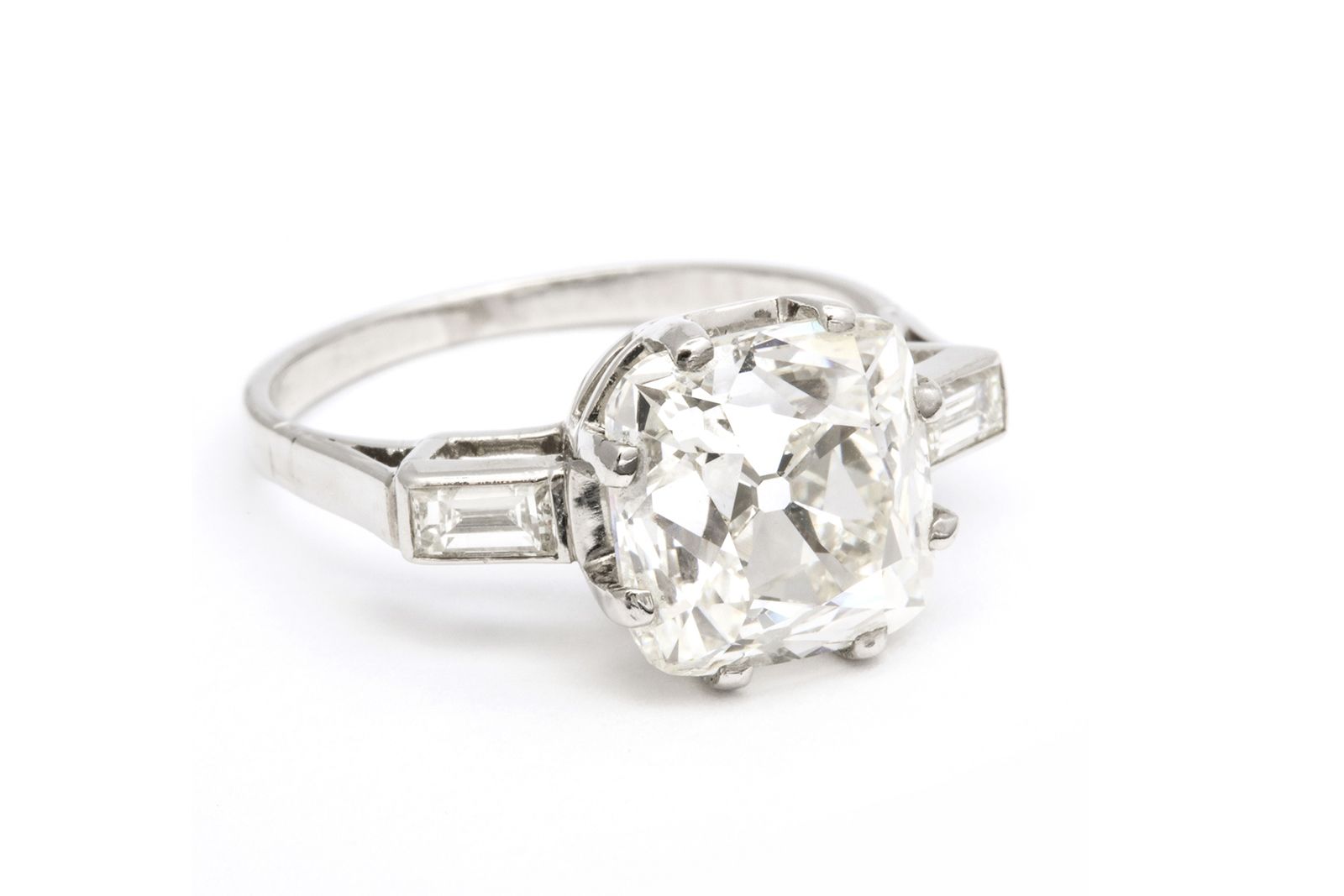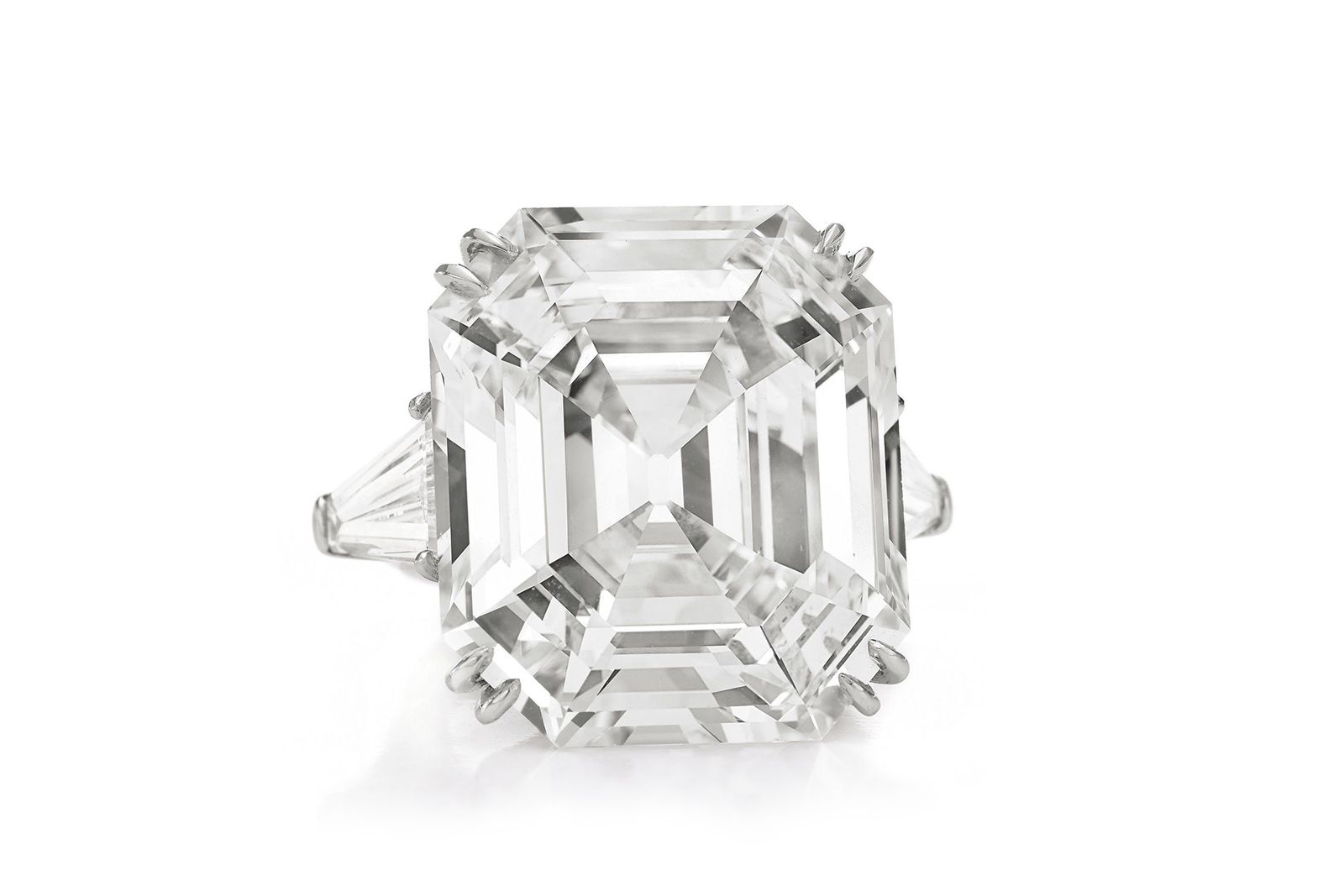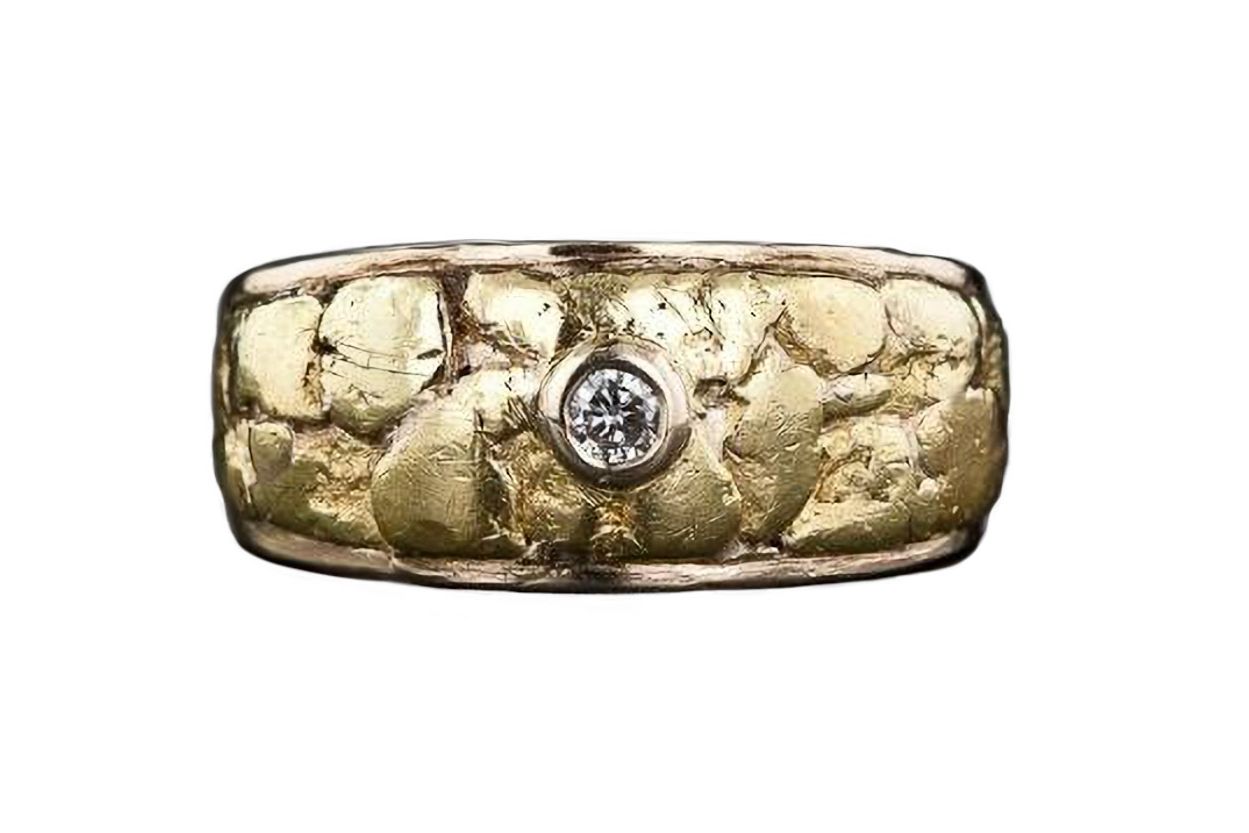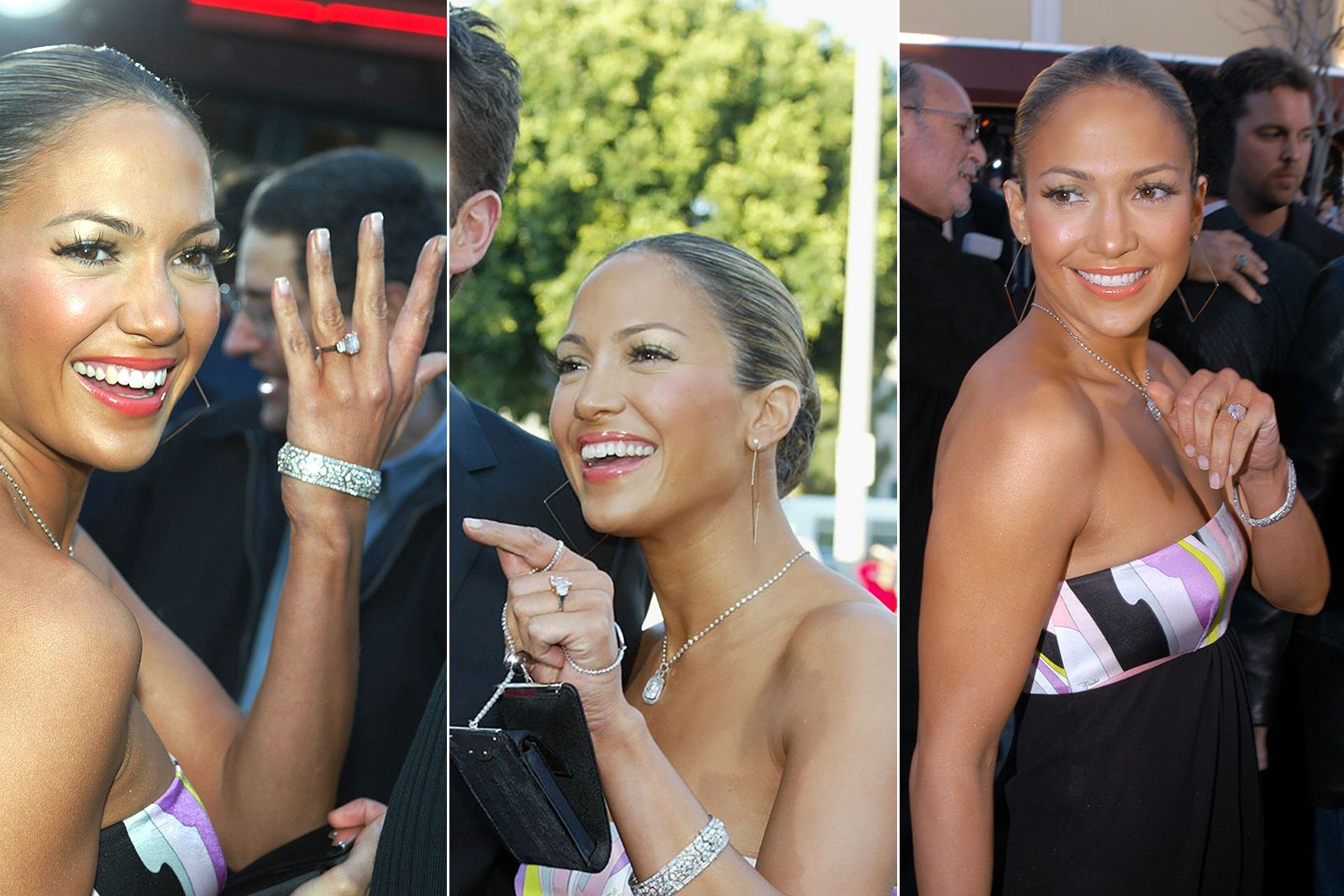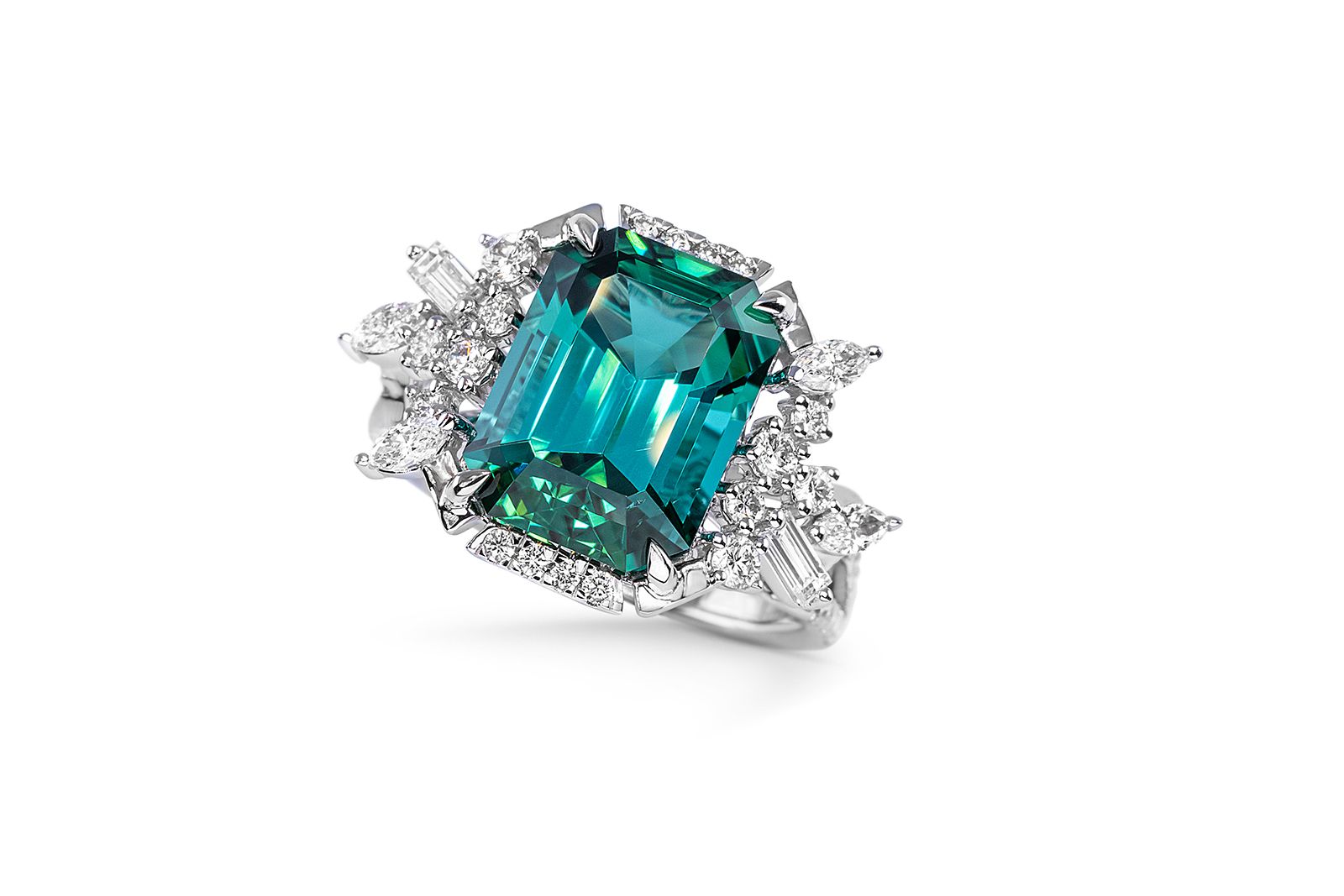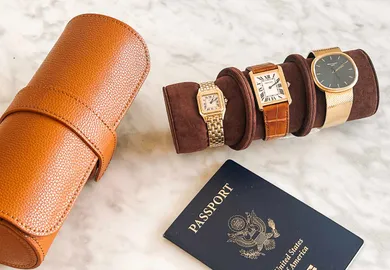

Icons by Decade: A Century of Engagement Ring Trends
From the start of the 1920s to the present day, engagement ring trends have been on an ever-evolving journey. With each decade came fresh ideas, newly popular diamond cuts and, of course, celebrities who would set the tone for covetable engagement creations. Here, we take you on a guided tour through the decades of the 20th century to uncover the engagement ring styles that reigned supreme, while also highlighting how these vintage and retro codes are still popular in 21st century design.
Although we’ve chosen to start our engagement ring story in the 1920s, it is important to know that the link between diamonds and marriages can be traced much further back in time. According to jewellery historian, Jack Ogden, a source from 1760s France said, “it is surprising how many marriages are prevented for want… of a diamond ring,” which suggests a diamond was an important part of the wedding process. The earliest reference to an ‘engagement ring’ that Ogden has found in his extensive research is 1812.
1920s and 1930s Engagement Rings
By the turn of the 20th century, new visual styles, improved feats of gem-cutting, and global advancements meant an even faster pace of change in bridal jewellery. The first milestone was the Exposition Internationale des Arts Decoratifs et Industriel Modernes (International Exhibition of Modern and Industrial Decorative Arts) held in Paris in 1925, which kickstarted what we now know as the Art Deco design movement. This ushered in a geometric approach to design, as well as engagement rings that sit like miniature architectural works on the finger. Emerald-, baguette- and round-cut diamonds were seen, oftentimes together in one design, set in white gold or platinum. The precision of calibré cut gemstones gave engagement rings their characteristics angularity, while millegrain details added a softness and femininity. “Diamond engagement rings truly came into their own in the 20th century as jewellers started to craft more defined, clean and contemporary styles,” explains Charlotte White, head of design at 77 Diamonds. “One example was the appearance of the Asscher cut diamond. Although introduced in the early 1900s, this diamond cut became widely popular in the 1920s, as it mimics the geometric lines so popular to Art Deco design.”
For contemporary designers like Rachel Boston, the 1920s trend for ‘target’ rings – a central gemstone ‘bullseye’ surrounded by a halo of diamonds or coloured stones – is a continued source of inspiration. She says: The clean lines and bold colours used in Target rings are truly iconic to me. Though originally developed in the Edwardian era, Target rings became very popular in the 1920s when they became bolder and more geometric. It’s these graphic shapes I’m drawn to but also the incredible stone cutting skills needed to create this type of design.
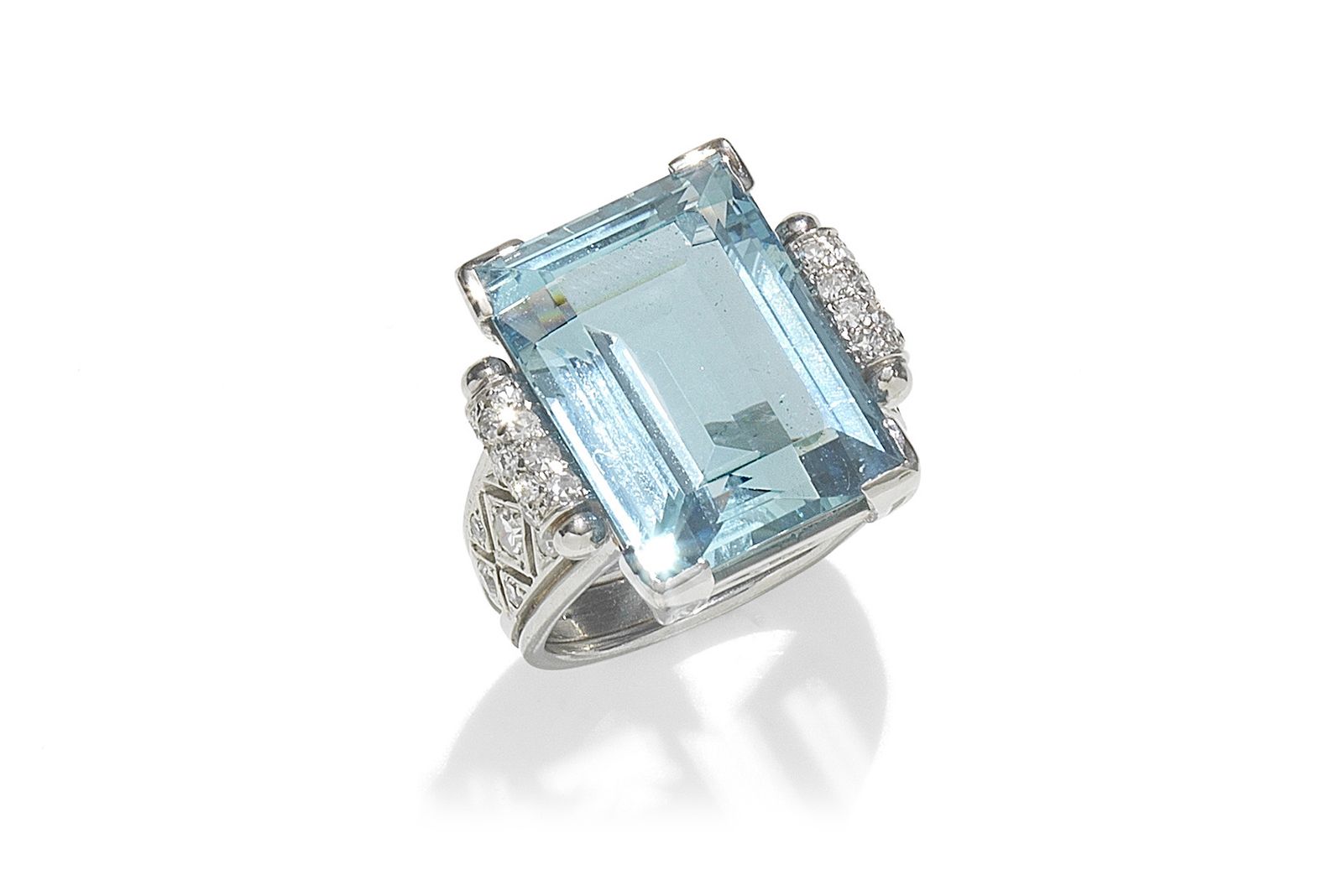
A Boivin aquamarine and diamond ring, circa 1935, sold by Bonhams
The 1920s were a time when jewellers were pushing technical boundaries in terms of what could be achieved in the cutting and setting of stones. “Jewellers had only begun to understand how to truly exploit platinum from around 1900,” explains Emily Barber, UK Head of Jewellery at Bonhams. “This coupled with early 20th century innovation in gem cutting techniques completely revolutionised the look of the engagement ring. Gemstones were cut along precise, geometric lines and rings incorporated cuts such as the baguette, emerald, square and tallow, often in myriad formations that looked deceptively simple but were the last word in luxurious innovation.” The 1930s saw the continuation of the Art Deco style and welcomed a flurry of baguette-cut gems, typically used as geometric accent stones, coupled with lots of round stones set closely together in a type of pavé. It was also common to see coloured gemstones used as accents or borders, such as rubies, sapphires, emerald and black onyx.
1940s and 1950s Engagement Rings
The advent of the Second World War at the end of the 1930s dramatically changed the world and, consequently, the style of engagement rings. Platinum was reserved for the war effort, which meant gold returned as the metal of choice for engagement rings, but not without conditions. For example, according to Lang Antiques, only “utility” wedding rings of 9k gold were allowed in Britain at the time and their weight could not exceed two pennyweights (a unit of measurement). As this was a time of ‘make do and mend’ so too were engagement rings recycled from previous designs, probably using gemstones from old family heirlooms.
The Post-War year 1947 was to change the course of engagement ring history for two reasons. Firstly, De Beers released its famous advertising slogan “A Diamond is Forever,” which put diamonds firmly in the engagement ring top spot. Secondly, Princess Elizabeth formally announced her engagement to Prince Philip of Greece and Denmark, and her reasonably modest and reserved engagement ring set a precedent for other brides. Sarah Duncan, Head of Jewellery at Chiswick Auctions, says: “Prince Philip sourced the diamonds from a tiara that had belonged to his mother, Princess Alice of Battenberg, with the principal diamond understood to be around three carats in size. Although the tiara contained larger diamonds, Prince Philip chose a more modest, but still regal, size stone for his future bride in light of the economic realities of the time.”

Queen Elizabeth II on her engagement to Prince Philip, Duke of Edinburgh in 1947
Just like the royal couple, men returning from the War were anxious to find love, get married and ‘return to normal’ – what Princess Elizabeth wore started a trend in a time ripe with engagements. For those who couldn’t afford large diamonds, illusion settings in white gold that made a smaller diamond look bigger were popular. And while these pieces have a slightly utilitarian aesthetic, the flip side of the 1940s included feminine ribbons and floral motifs, smooth polished finishes, quirky shapes and romantic old mine and rose-cut diamonds.

Van Cleef & Arpels Sens Unique ring from 1958 with baguette-cut diamonds and a 16.61 carat Kashmir sapphire in platinum
Keith Penton, Head of Jewellery at Christie’s London, says: The ring styles that characterise these decades are the architectural style (sometimes described as Retro or Odeonesque) of the 40s or 50s, often broad pink gold bands, but occasionally platinum or white gold, set with a central gemstone with arched shoulders – bold and dramatic and often asymmetrical in form. Gemstones were in short supply immediately after the war so often you find that the diamonds used are recycled Victorian cuts mixed with tiny synthetic rubies or sapphires for contrast. Hollywood was an important influence.
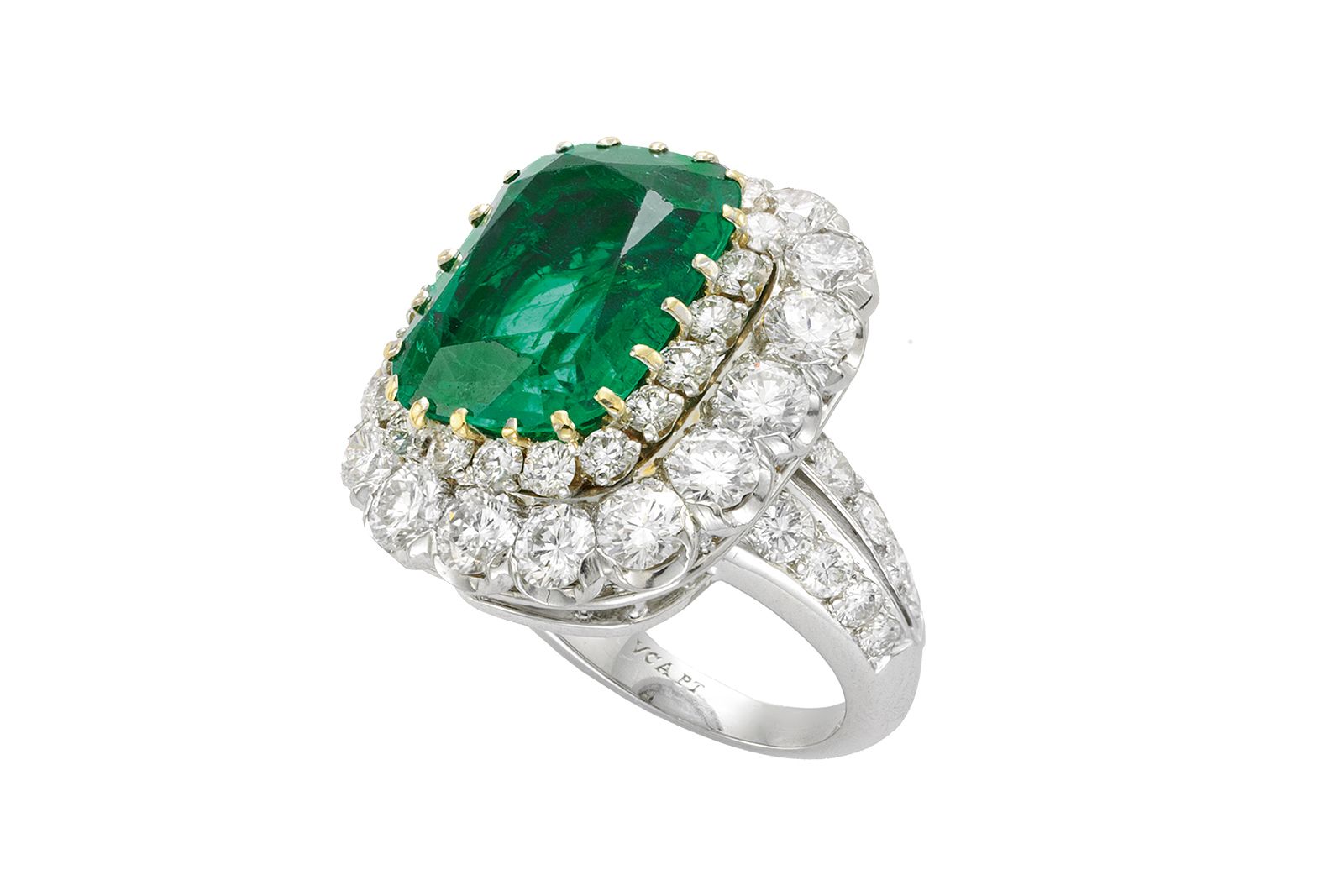
Van Cleef & Arpels ring with a 6.61 carat cushion-cut Colombian emerald in platinum, white gold and yellow gold, circa 1950
The 1950s was dedicated to large diamonds and coloured gemstones with curvier silhouettes, as well as cluster rings, convex bombe rings, and gems set in cage-like structures to sit high on the finger. At the start of the decade Elizabeth Taylor got engaged to Conrad “Nikki” Hilton with a five-carat engagement ring (setting the tone for large gems!) and just a handful of years later she married Michael Wilding wearing a large sapphire. By 1957, Elizabeth was ready to marry again, this time to Mike Todd who presented her with a 29-carat emerald-cut diamond engagement ring. It is safe to say that Elizabeth Taylor’s engagement rings are evocative of the style of the decade!
1960s and 1970s Engagement Rings
“The quintessential 1960s ring is likely to be organic in design and typically heavily textured, naturalistic yellow gold bark or nugget/molten gold forms were popular, and the gemstones used might even be in their natural, unpolished state – in the UK think of Andrew Grima or Charles de Temple,” says Keith Penton of an unusual decade for engagement rings. This was a time of glamour and celebrity, culminating in Elizabeth Taylor receiving the now famous 33.19 carat asscher-cut ‘Krupp diamond’ from Richard Burton in 1968 and the pair purchasing the 68 carat Taylor–Burton Diamond just one year later. A revival of Art Deco design sensibilities took place in the Sixties, leading to a resurgence of angular and geometric engagement rings as well as the contrasting naturalistic styles that Penton describes.
Asscher, emerald and pear-cut diamonds were popular choices, with celebrity examples being Mia Farrow’s nine carat pear-shaped diamond solitaire ring presented to her by Frank Sinatra in 1966. It is also worth mentioning Jacqueline Lee Bouvier, otherwise known as Jackie Kennedy, whose ‘toi et moi’ emerald and diamond engagement ring from American President Jack F. Kennedy (crafted by Van Cleef & Arpels) set the tone for the early 1960s (although given to her in the 1950s).
Stepping into the 1970s and the world changed once again. “The rules for 70s engagement rings were there are no rules much like the counterculture of the era,” explains Sally Klarr, Director of jewellery and timepieces at Hindman Auctions. She continues: “Frequently stars did their own thing, for instance, Jane Fonda got engaged with an opal and diamond ring.” The overarching style of the decade was rebellious, with swathes of chunky yellow gold and expressive designs that put the taught glamour of the preceding two decades aside.

The emerald and diamond engagement ring John F. Kennedy presented to Jackie Kennedy in the early 1960s
Keith Penton adds: In the 1970s, high settings and multi-tiered designs were fashionable and the so-called ‘ballerina’ design is typical incorporating a central stone within a tiered border of intricately cut tapered baguette-cut diamonds (after the tutu); rings of this period often have a finely wrought wire ‘basket’ type mount visible from the side necessary to support all the tiers. Marquise-cut diamonds were fashionable, and De Beers was marketing coloured diamonds (with a yellowish or brown tint) as ‘Champagne’ or ‘Cognac’ and these often featured in engagement rings of the time.
1980s Engagement Rings
The 1980s are considered a decade of fashion disasters by many and yet engagement ring history was made during this time thanks to Lady Diana Spencer, otherwise known as Princess Diana. “The 1980s was probably the clearest change in style because everyone wanted a Princess Diana ring whether with a diamond or a sapphire,” says Sally Klarr of Hindman Auctions. “People started to mount in thicker yellow gold and, as with most things in the 80s, ring became bigger, even if the stones did not.” Princess Diana famously chose an oval-shaped Ceylon sapphire and diamond ring from a selection presented to her by Garrard, but she wasn’t the only royal bride-to-be who inspired the decade. Sarah, Duchess of York, who was more colloquially known as ‘Fergie’, chose a ruby engagement ring. Interestingly her daughter, Princess Eugenie, also chose a coloured gemstone – this time with a Padparadscha sapphire – when she got engaged to Jack Brooksbank in 2018.

A diamond and sapphire ring from the 1980s in the spirit of Princess Diana’s famous engagement ring, courtesy of Hancocks London
The bold and decadent glamour of the 1980s was very apparent in the jewellery trends of that era, explains Michelle Aherne, Head of Jewellery Buying at Mappin & Webb and Goldsmiths. The strong use of metal – yellow gold, in particular – allowed for daring and expressive jewellery design. 1980s engagement trends included large cluster rings showcasing a spectacular array of central coloured gemstones such as sapphires and rubies, these were classically offset with a crown of brilliant white diamonds.
1990s Engagement Rings to the Present Day
During the 1980s and into the 1990s, the princess-cut diamond enjoyed its moment in the spotlight, as did white gold and platinum. This was a time of the statement solitaire – simple, refined and elegant.
Michelle Aherne says: The emphasis was on geometric shapes and impactful larger carat white diamonds; this could be attributable to the popular culture of this era’s iconic ‘celebrity couples’.
In the early 200s, Jennifer Lopez received a 6.1 carat pink diamond engagement ring from Ben Affleck, which he purchased from Harry Winston. The result was a booming market for similarly simple rings, but with a powerful central diamond. Guy Burton, Director of Hancocks London, explains: “Classic ring designs were still the most popular in the Noughties and nothing beats the iconic round diamond solitaire in a platinum claw setting – simple, clean, unadorned and unfussy – even a three-stone was quite unconventional, solitaires ruled.”
Since the 2010s and with a hundred years of history to draw from, engagement rings have become broader than ever with high-profile moments driving trends in tsunami-like bursts. For example, the Duchess of Cambridge reviving Princess Diana’s sapphire cluster ring, or the Duchess of Sussex making a splash with a trilogy diamond ring with a cushion-cut centre stone. If we consider future trends for the remainder of the 2020s, the experts we spoke to have some thoughts. Burton says: “Coloured gems are making a major comeback with unusual stones such as spinel starting to get the appreciation they deserve. There is more variation in the shape of stones; step cuts are proving particularly popular and unique kite, lozenge and bullet shaped-cuts are being used as accent or shoulder stones.”
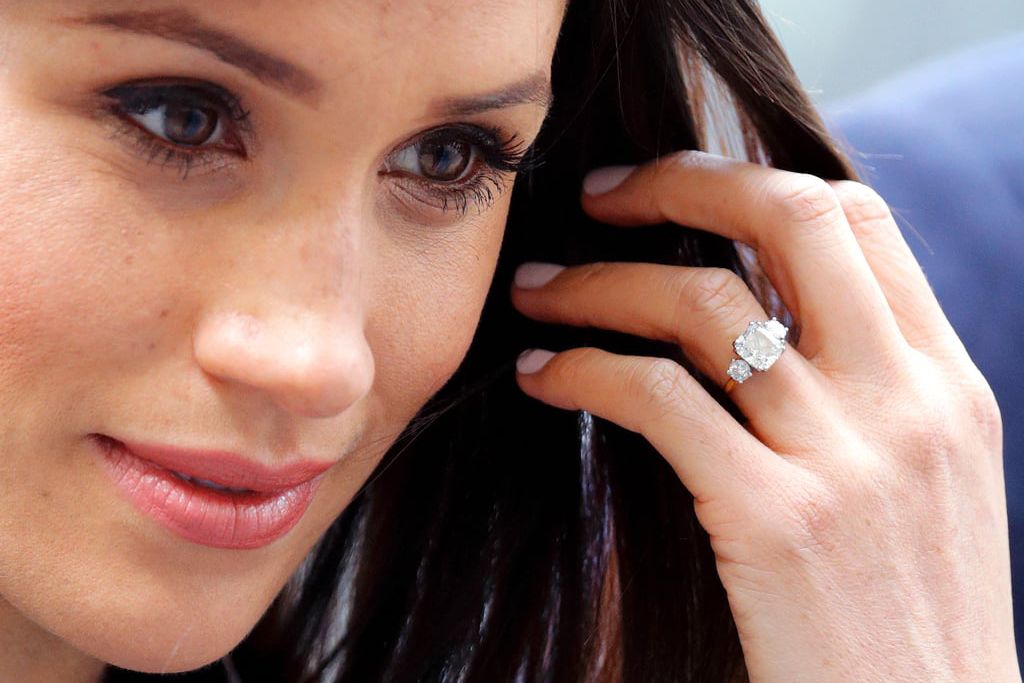
The Duchess of Sussex Meghan Markle’s 6 carat cushion-cut diamond engagement ring with two round brilliant-cut diamond side stones
Aherne at Mappin & Webb points to pear, baguette and oval-shaped stones as the diamond cuts of the moment, the latter of which is supported by Celine Assimon, CEO of De Beers Jewellers. She says: “Oval shape engagement rings have been popular for some time. The shape is a classic with a contemporary twist. The elongated shape creates an illusion of greater carat weight and makes the finger appear long and slender making it very flattering.”
And then there’s the fact that engagement rings are being purchased online and through Instagram – another factor that’s shaping contemporary desires. Plus, there’s the drive towards men’s jewellery, which could spark a new wave of engagement rings for men. These trends are happening right now, so who knows what our editorial peers will say in another 100 years’ time when an article like this reappears.
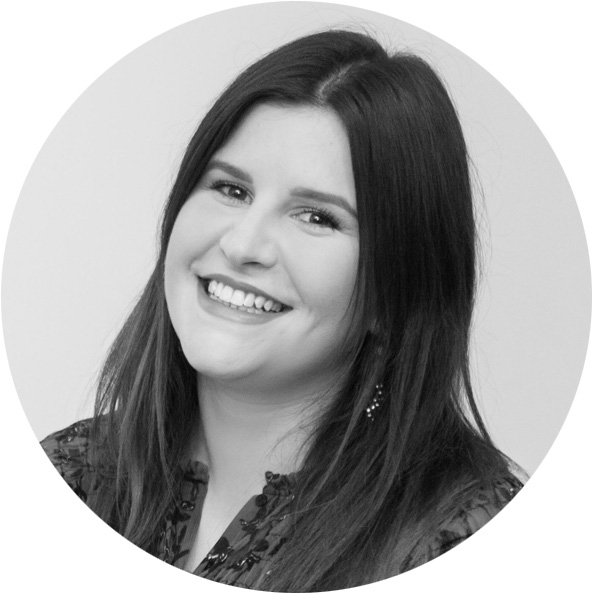
WORDS
Sarah Jordan has specialised in content writing, editing and branded storytelling for a range of businesses, including De Beers Jewellery, Sotheby’s, the Natural Diamond Council and Gem-A. She is also the founder of her own specialist copywriting business, The William Agency.






